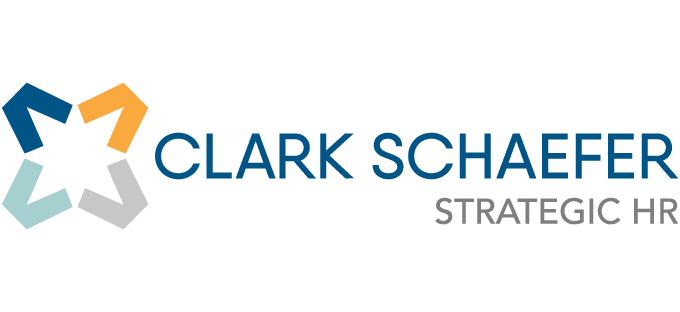We have written the following articles to help you navigate through specific issues during COVID-19:
NEWSLETTER DISCLAIMER
The recommendations and opinions provided by strategicHR, inc. and its staff are advisory only and are based on general human resource management fundamentals, practices and principles, and are not legal opinions or guaranteed outcomes. This information is provided with the understanding that the user assumes the risk of verifying information used from this site when interpreting it for their own use. We strongly recommend, as part of a team approach to management, that companies consult with their legal counsel to address specific legal concerns related to human resource issues.

